Best Vegetables to Plant in Summer
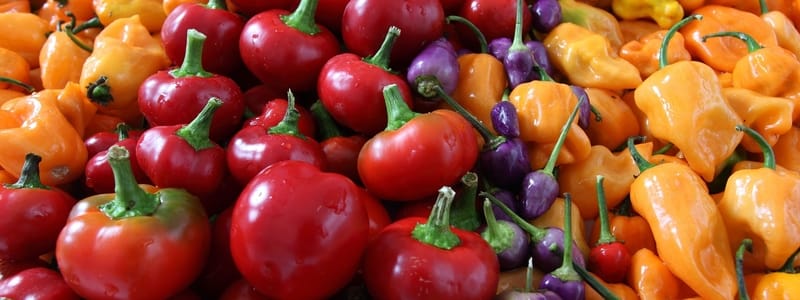
Summer is an important time on the veggie gardener’s calendar. Spring-planted crops are coming to maturity and ready to harvest, freeing up space for another round of planting. What can you plant at this time of year? Here are a few ideas:
What to Plant in a Summer Vegetable Garden
When deciding what vegetables to plant in summer, it’s essential to consider your local climate zone. The conditions in Tasmania will be very different from those in far north Queensland, for example, so it’s worth consulting a planting calendar or guide specific to your geographic area.
In arid inland zones, you may have to wait until the hottest months have passed before planting your next round of veggies. But for all other parts of the country, there’s a variety of vegetables to plant in the Australian summer.
Eggplants, capsicums and chillies
Favourites in a variety of cuisines including Mediteranean and North African, these plants are closely related and have similar needs. They really thrive in strong heat – in fact, they need it to set fruit – and you’ll want to save the sunniest spot in your garden for them. Plant out seedlings in early summer.
Keep in mind that even these diehard sun-lovers can suffer from sunburn on scorching hot days, so it’s best to have a shade cloth solution on hand for those inevitable 40+ temps. While they are technically perennials, they are treated as annuals in many parts of Australia because they struggle to survive the winter.
Beans
Beans like getting started in warm soil, and most varieties are happy to be sown in summer. Direct sow in the growing position and water deeply. After sowing, avoid watering them again until the seedlings have emerged and have a couple of leaves.
Climbing beans are excellent for making use of vertical space, with minimal horizontal spread. Train them up a sunny wall, fence, trellis or a DIY frame. Using stakes, put these in at sowing time. Non-climbing varieties, called bush beans, don’t require a support. Either type is a great choice.
Lettuces
Traditionally, lettuces prefer cooler conditions, but you can grow them all year round – even during high summer. Choose a heat-tolerant variety such as Great Lakes for best results. See our post on Best Lettuces To Plant In Summer for more.
You’ll need to protect lettuces from harsh sun using a shadecloth. You may also want to plant in a position that receives shade in the afternoon. Keep in mind that heat can cause lettuces to bolt, but you can get around this by planting successive rounds and harvesting leaves while the plants are young.
Tomatoes
While it’s standard practice to plant out tomato seedlings in spring, it’s also possible to plant them in late summer (February) for an autumn harvest – great news if you missed out on the main round!
When planting, choose a bed that hasn’t been home to potatoes for at least 2 years. It’s a good idea to add some extra compost and other conditioners to the soil, and mulch well. You’ll also need a trellis with plenty of airflow.
Caring for your Summer Veggie Patch
While different plants have different needs, it’s safe to say that your summer veggie plot will benefit from daily watering and regular feeding, unless there are clear indications to the contrary.
In most gardens, a net structure will be necessary to keep birds, possums and other critters off your hard-earned harvest. You can have it do double duty by choosing a netting material that also offers sun protection, which will help see your plants through scorching hot days. A Gardener’s Advantage high-density mesh garden tunnel is a pre-made covered structure that offers an easy solution, with bonus protection from high winds.
For more maintenance tips, see our post on Taking Care of Plants in Summer.


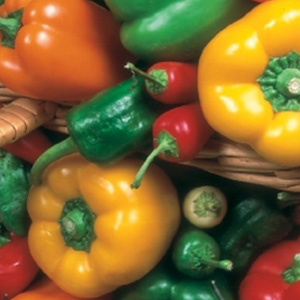
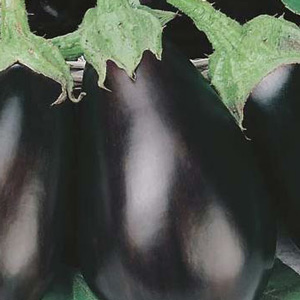
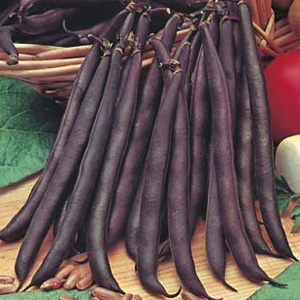
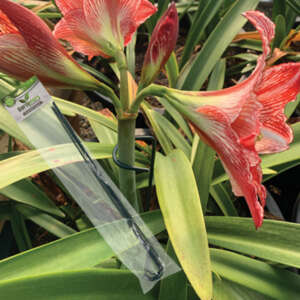

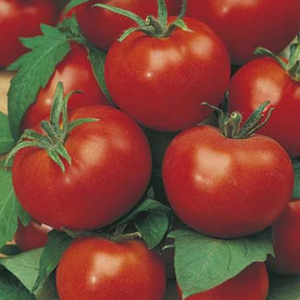
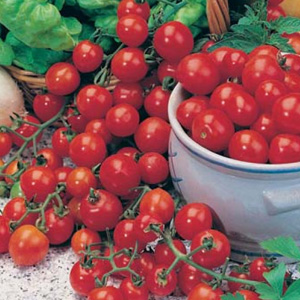
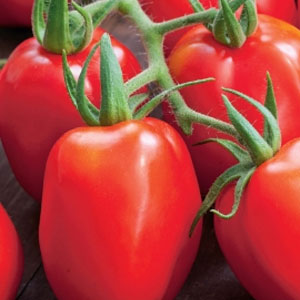






Comments are closed.